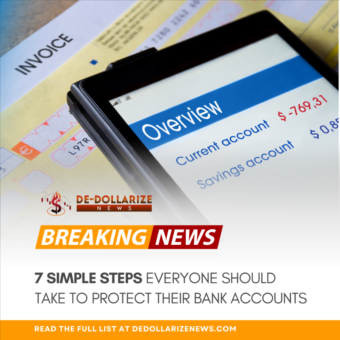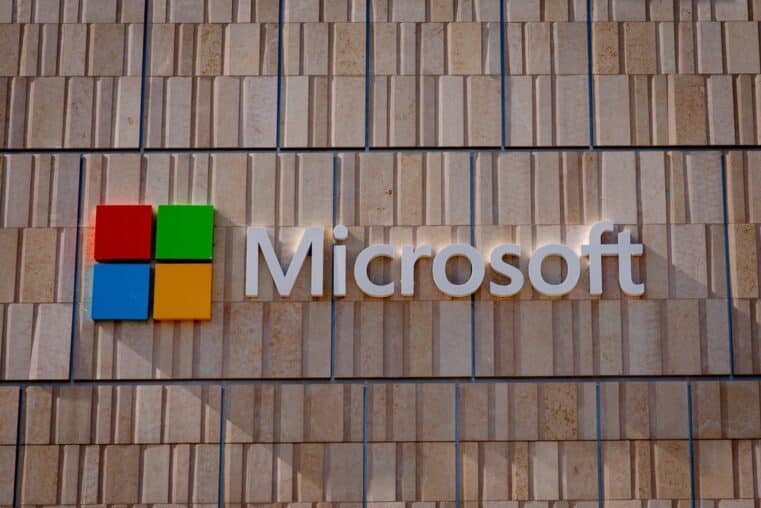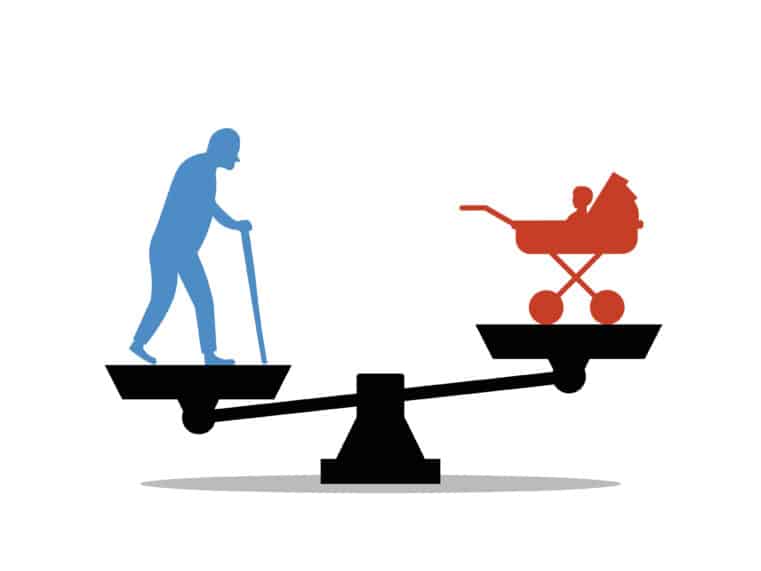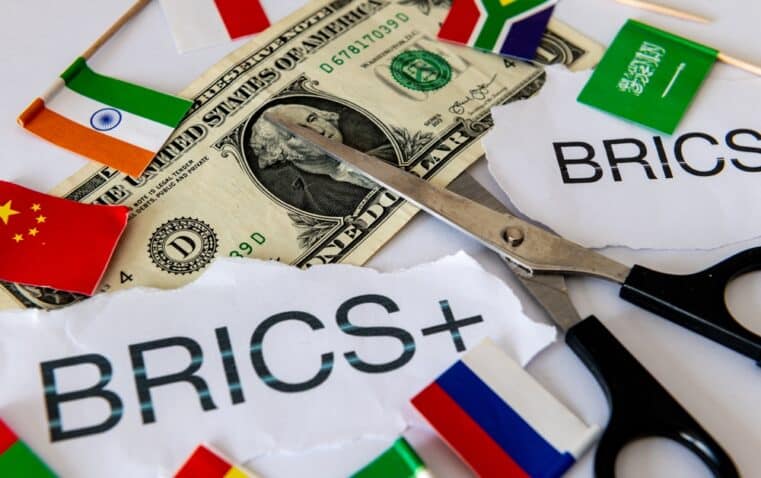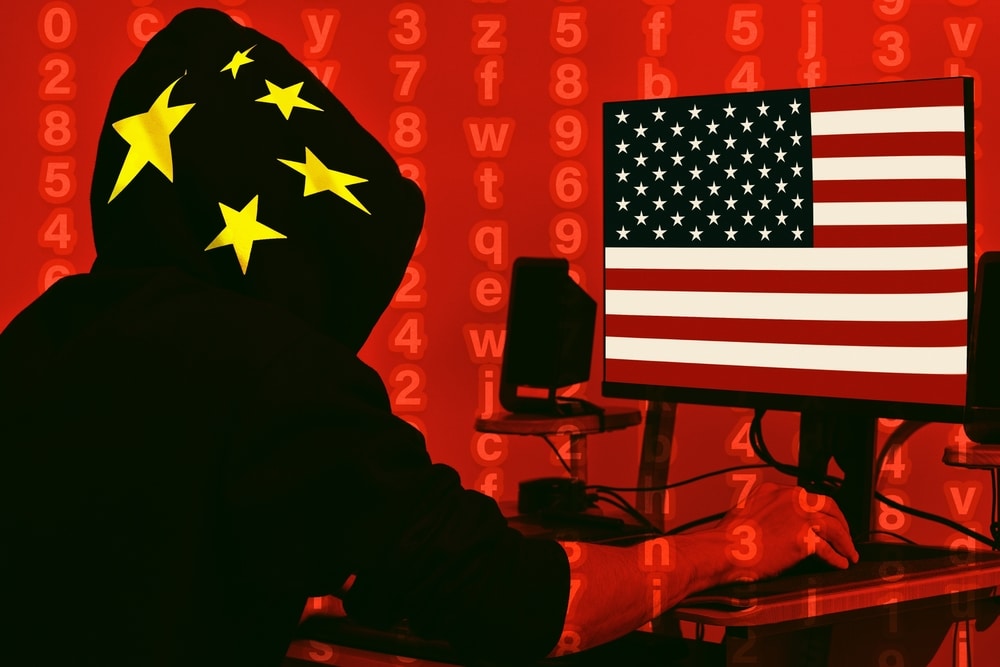
Cyber False Flag? The Coming Digital Crackdown Disguised as War with Iran
The Cyber Panic That Opens the Backdoor to Total Control
In the last 72 hours, both Fox News and The Independent ran pieces warning of a looming Iranian cyberattack on American infrastructure—power grids, hospitals, banks. The timing isn’t accidental. It’s part of a well-worn strategy: identify a foreign enemy, inflate the threat, and roll out “emergency” measures that just so happen to give the government more control over your life.
It’s not a partisan theory. It’s economic history.
After 9/11, we got the Patriot Act, warrantless surveillance, and TSA strip searches. After the 2008 meltdown, we bailed out the banks and let the middle class rot. After Covid, we normalized QR-code checkpoints and called it “health policy.” Now, the setup is cyberterrorism—and Iran is being fitted for the black hat.
Iran: Dangerous, Yes—but Not Capable of a U.S. Infrastructure Shutdown
Let’s be clear: Iran is no friend of freedom. It’s a theocratic regime with deep hostility toward the West and a long history of proxy violence. But that’s not the point. The point is this: Iran doesn’t have the cyber muscle to take down America’s infrastructure. That doesn’t mean it won’t try petty cyber sabotage—but to suggest it could knock out national systems is laughable.
According to Harvard’s Belfer Center Cyber Power Index, Iran ranks far below global players like China, Russia, Israel, and the U.S. The real cyber superpowers don’t wear turbans—they wear ties and run think tanks in DC, London, and Tel Aviv.
So if a “massive cyberattack” hits and the media instantly pins it on Iran, don’t buy it. Ask: Who benefits? Who gains control? What new legislation is waiting in the wings?
Digital ID: The Trojan Horse Behind the Panic
Behind the Iran headlines lies the real agenda: the rollout of Digital Identity infrastructure, tied to everything from banking to healthcare to online access.
The World Economic Forum has been publicly laying the groundwork for this for years. Their Digital ID Blueprintenvisions a world where one ID grants—or denies—access to your money, your travel rights, your healthcare, your communications. It’s all tied to behavior. And it's all justified by “security threats” like cyberattacks.
That’s the endgame.
- Express the wrong opinion? Access denied.
- Refuse a digital vaccine record? No travel for you.
- Run afoul of your carbon quota? Financial penalties automatically applied.
You won’t need to be arrested. You’ll be locked out—by code. This is not speculation—it’s already being piloted in Europe and being normalized in U.S. think tank circles. Cyberattacks—real or staged—are the perfect excuse to ram it through.
This Isn’t About Iran. It’s About Controlling You.
Let’s not romanticize Iran. They’re an authoritarian regime that enforces rigid ideology and suppresses dissent. But that doesn’t excuse using them as cover to strip our own freedoms.
It’s not about Iran at all. It’s about imposing centralized control over the digital economy—and you. Iran is simply the lever. And the people pulling it don’t care who’s in office or which flag you fly—they care that you are dependent on a system they control.
And make no mistake: if the right crisis hits—especially something that shuts down ATMs, power grids, or emergency services—the same public that once rejected Digital ID will demand it. Just like they demanded TSA pat-downs and stimulus checks.
Remember the Pattern: Crisis, Control, Consolidation
This is not theory. This is the playbook:
- 2001: Terror attack → Surveillance state
- 2008: Financial collapse → Banking consolidation
- 2020: Pandemic → Digital compliance
- 2025: Cyberattack? → Digital ID, financial censorship, programmable currency
Every emergency becomes a justification. And every solution gives more power to the same unelected bureaucrats, bankers, and tech barons who never lose during a crisis.
Protect Yourself While You Still Can
If you think the grid is fragile now, wait until you’re locked out of your account because your Digital ID was flagged for “suspicious” behavior. This isn’t tinfoil—it’s tomorrow’s headlines.
Download Bill Brocius’ free guide, “7 Steps to Protect Yourself from Bank Failure”, and learn how to disconnect from the systems most vulnerable to cyber panic and policy overreach.
👉 Click here to download the guide now
Subscribe to Bill’s Inner Circle for just $19.95/month and get real analysis—not war propaganda or banker spin. And if you haven’t read his book, End of Banking As You Know It, consider it your financial survival manual for what’s coming next.
Because the next “emergency” won’t come with warning—and it won’t ask your permission.

